New York is the perfect model of a city, not the model of a perfect city
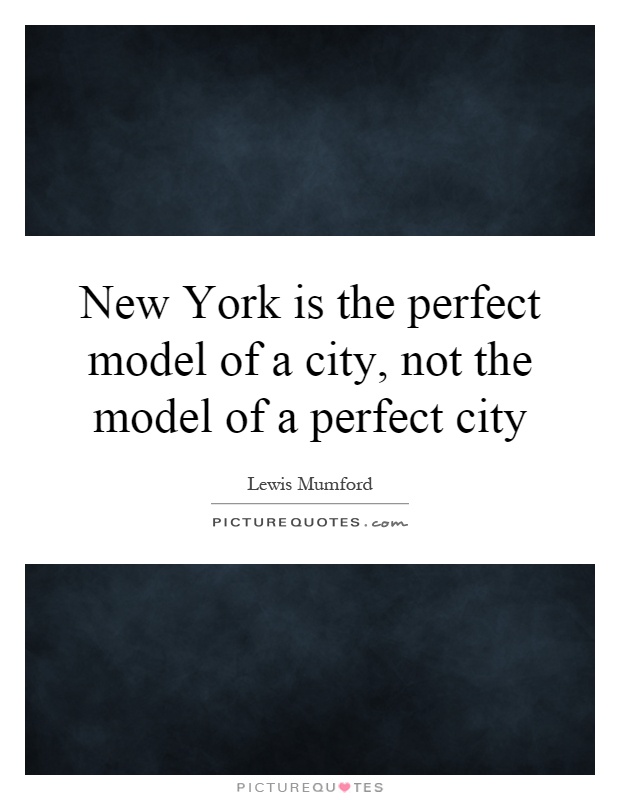
New York is the perfect model of a city, not the model of a perfect city
Lewis Mumford, a prominent urban theorist and historian, once famously said, “New York is the perfect model of a city, not the model of a perfect city.” This statement encapsulates the complex and multifaceted nature of New York City, a metropolis that is both admired and criticized for its unique characteristics.New York City is often held up as a shining example of a modern, vibrant, and dynamic city. Its iconic skyline, bustling streets, diverse population, and rich cultural offerings make it a magnet for people from all over the world. The city is a hub of commerce, finance, fashion, art, and entertainment, and its influence extends far beyond its borders. As Mumford suggests, New York serves as a model for other cities to aspire to in terms of economic prosperity, cultural richness, and urban vitality.
However, despite its many strengths, New York is far from perfect. The city grapples with a host of challenges, including income inequality, housing affordability, transportation congestion, and social unrest. The stark divide between the wealthy elite and the working class is evident in the city's neighborhoods, where luxury high-rises stand in stark contrast to public housing projects. The city's public transportation system is often overcrowded and unreliable, leading to frustration and delays for residents and visitors alike. And despite its reputation as a melting pot of cultures, New York still struggles with issues of racism, discrimination, and social injustice.
Mumford's statement reminds us that while New York may be a model of a city in many ways, it is not without its flaws. The city's successes and failures serve as a microcosm of the broader urban experience, highlighting the complexities and contradictions that define modern urban life. By acknowledging both the strengths and weaknesses of New York City, we can gain a deeper understanding of the challenges facing cities around the world and work towards creating more equitable, sustainable, and inclusive urban environments.

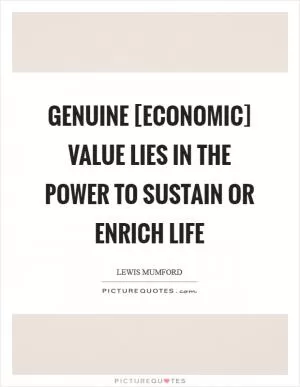
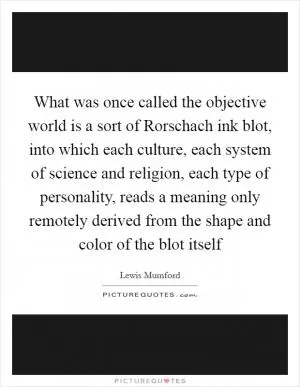
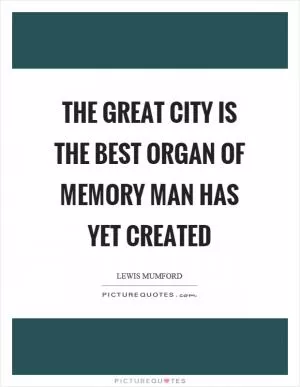

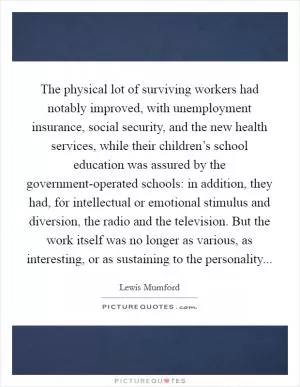
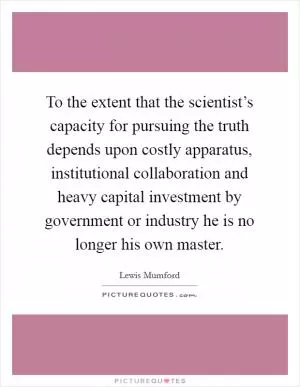
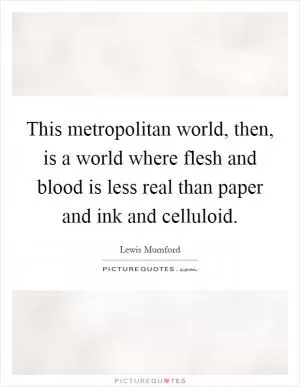
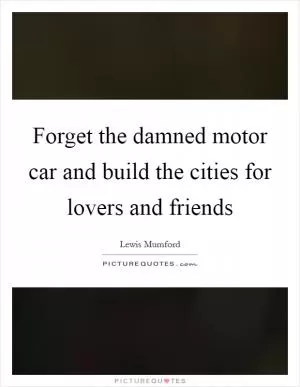
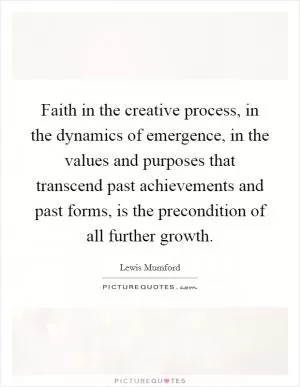
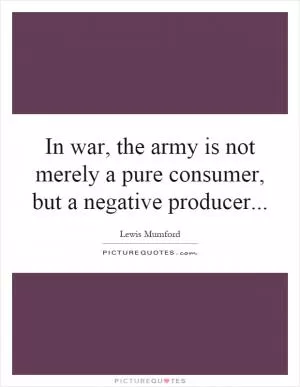
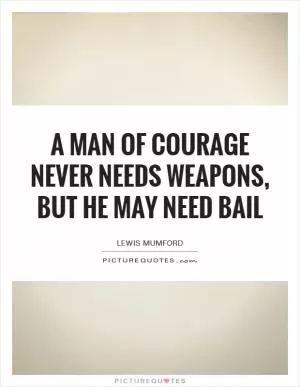
 Friendship Quotes
Friendship Quotes Love Quotes
Love Quotes Life Quotes
Life Quotes Funny Quotes
Funny Quotes Motivational Quotes
Motivational Quotes Inspirational Quotes
Inspirational Quotes